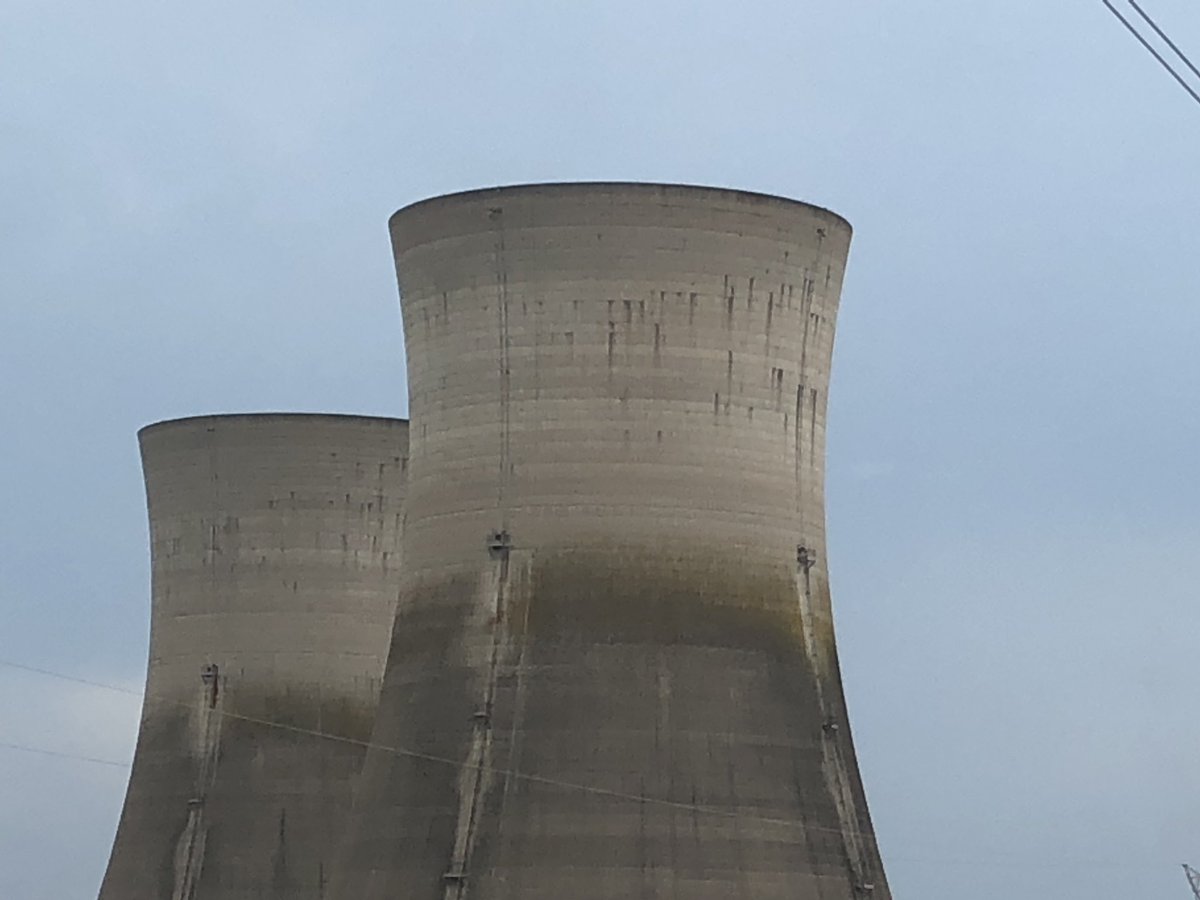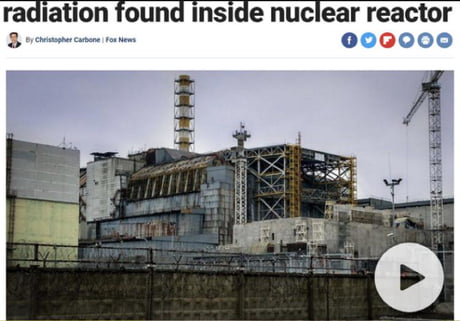


The ceramic form also prevents the material from being absorbed into the body if ingested.Īfter a gap of nearly 30 years, the United States has restarted production of new plutonium oxide heat source material, which is the fuel used in radioisotope power systems (RPS) built by the Department of Energy (DOE) to provide electricity and heat for NASA missions that explore some of the most extreme places in the solar system. In this form, it primarily breaks into large pieces rather than being vaporized into fine particles, which can be a health hazard when inhaled. For example, the fuel is intentionally formulated and used in a ceramic form, similar to the material in a coffee mug. Several layers of safety features designed into an RPS help minimize this potential. In unlikely event of a mission accident, there is a potential for the release and dispersal of the fuel into the environment, and subsequent exposure to humans. The only radioisotope that has consistently met the basic criteria is plutonium-238, which has a half-life of 88 years and a high power density, and has proven to be a very dependable and safe heat source on more than two dozen U.S.

The fuel in an RPS is plutonium oxide, which is a radioactive material that produces alpha particles. A plutonium-238 fuel pellet, glowing with the heat it produces.


 0 kommentar(er)
0 kommentar(er)
